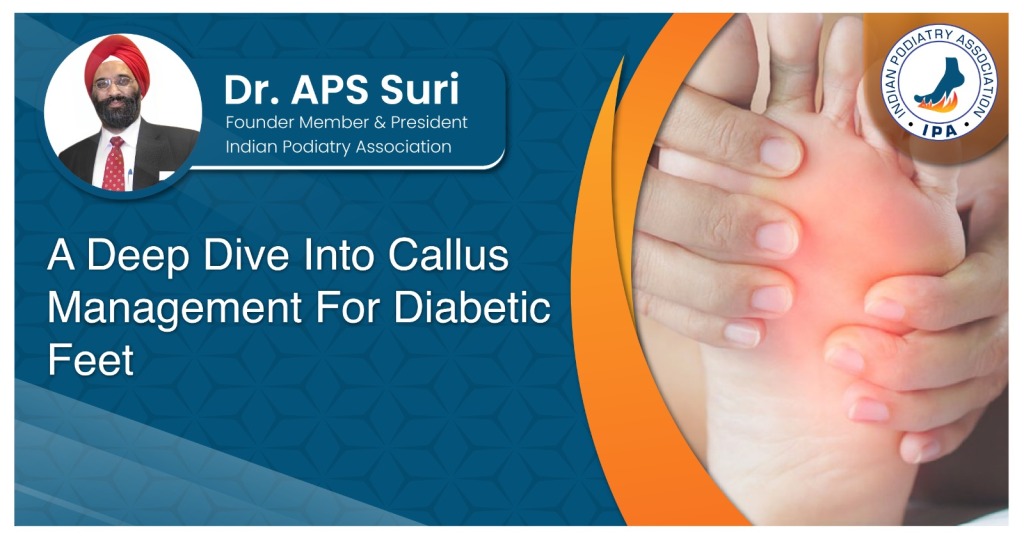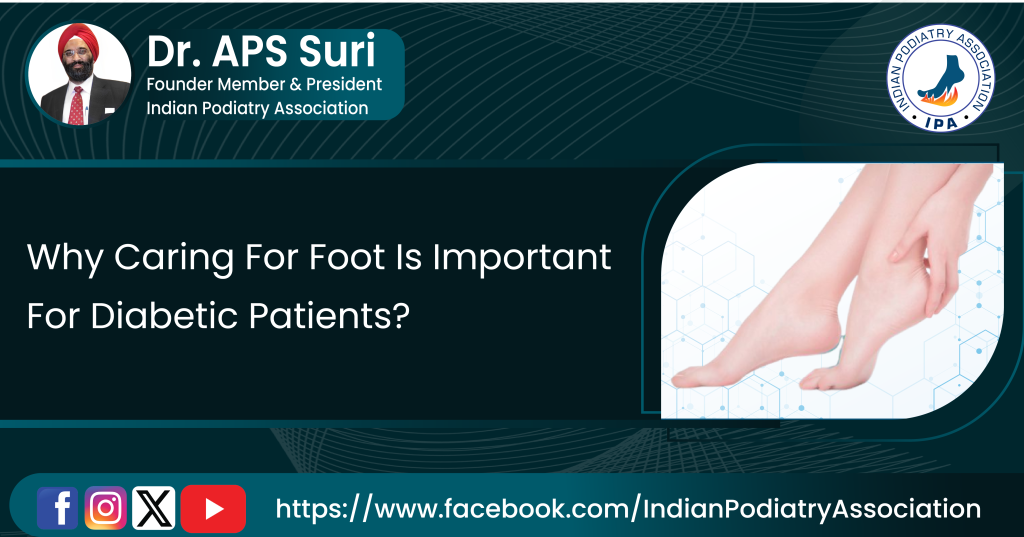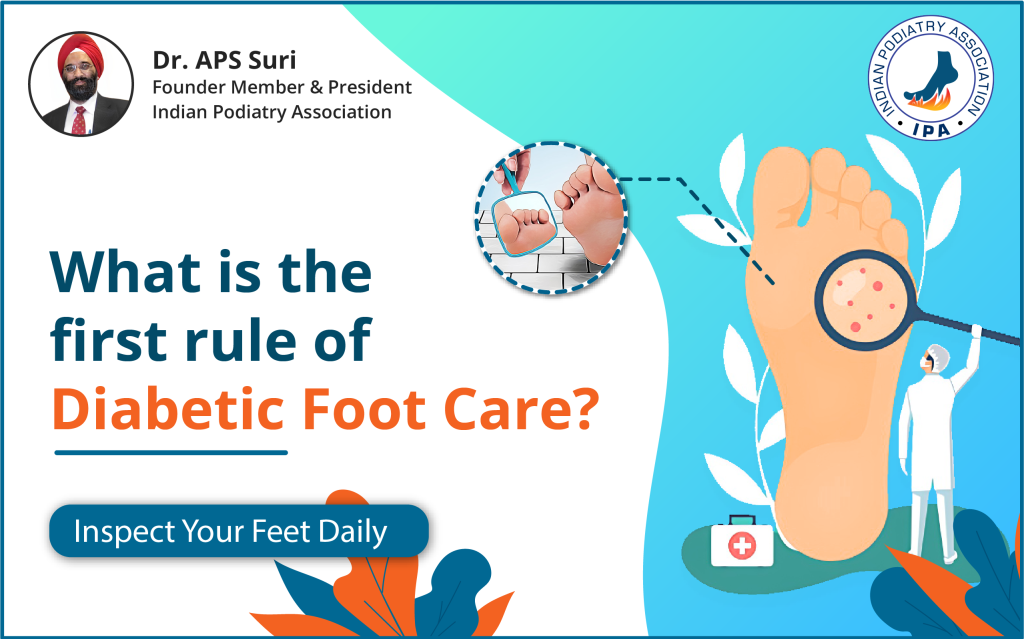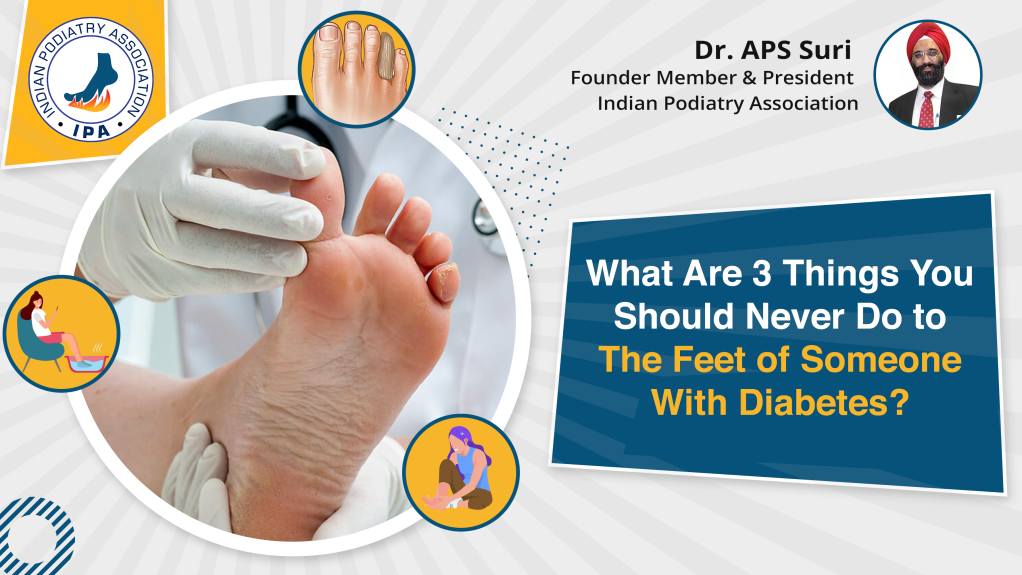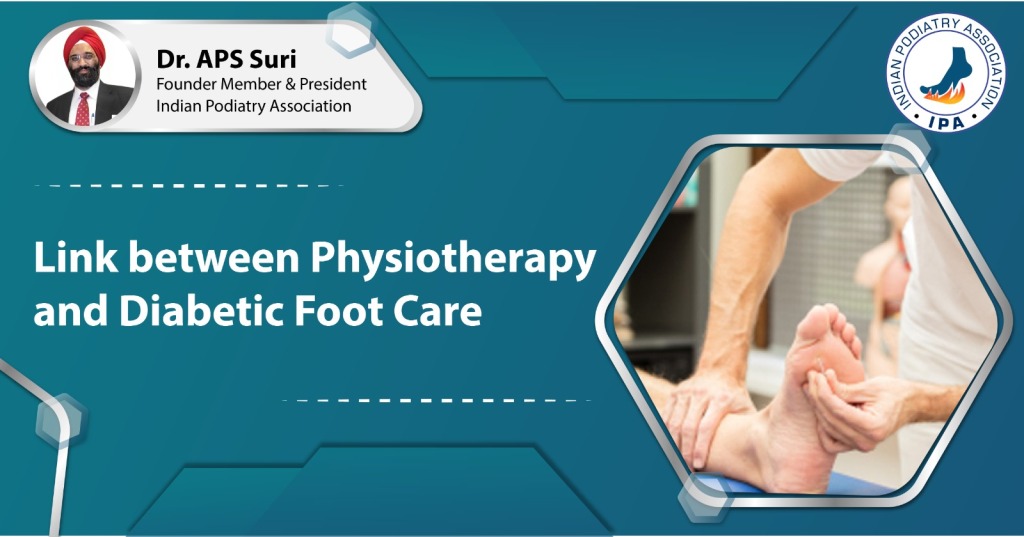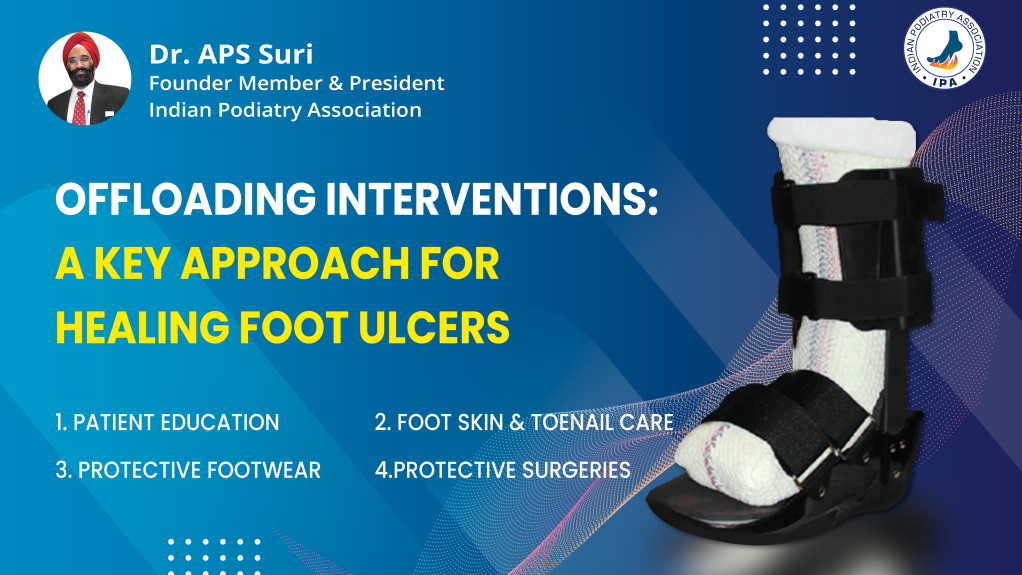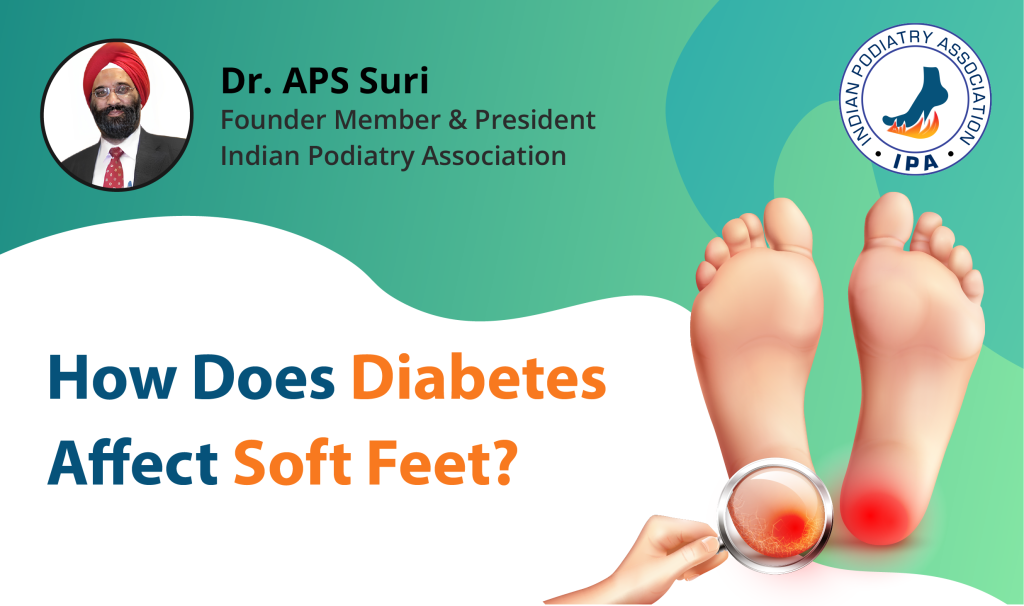
Introduction Diabetes is a prevalent chronic condition that affects millions of individuals worldwide. While it primarily involves elevated blood sugar levels, its consequences extend beyond glucose management. Dr. A P S Suri, a renowned endocrinologist, aims to shed light on the effects of diabetes on foot health, emphasizing the importance of paying attention to this aspect and providing expert recommendations for maintaining soft and healthy feet. The Connection Between Diabetes and Foot Health Understanding the relationship between diabetes and foot health is crucial for overall well-being. Dr. Suri explains how diabetes affects the feet: 1. Neuropathy: High blood sugar levels can damage the nerves in the feet, leading to diabetic neuropathy. This condition causes numbness, tingling, and a loss of sensation in the feet. Individuals with neuropathy may not notice cuts, blisters, or injuries, increasing the risk of infections and ulcers. 2. Poor Circulation: Diabetes can also harm the blood vessels, reducing blood flow to the feet. This decreased circulation impairs the body’s ability to heal wounds and increases the risk of infection. 3. Dry Skin: Diabetes can cause the skin on the feet to become dry and prone to cracking. These cracks create entry points for bacteria, potentially leading to infections. 4. Calluses and Corns: Pressure points on the feet may develop calluses or corns, which heighten the risk of foot ulcers. Expert Recommendations for Diabetic Foot Care Dr. Suri emphasizes the importance of a daily foot care routine for individuals with diabetes: 1. Daily Foot Inspection a. Check your feet every day: Examine your feet for any cuts, blisters, sores, or redness. If you have difficulty seeing the soles of your feet, use a mirror or seek assistance from someone else. b. Keep your feet clean: Gently wash your feet with lukewarm water and mild soap. Avoid soaking, as it can dry out your skin.
Conclusion
Managing diabetes is a lifelong journey, and it involves taking comprehensive care of every aspect of your health, including your feet. Dr. A P S Suri’s expert insights stress the importance of understanding the diabetes-foot connection and the significance of regular foot care.
By following the expert recommendations provided, individuals with diabetes can minimize the risk of complications, maintain soft and healthy feet, and lead a fulfilling life. Remember that proper foot care is an integral part of your diabetes management plan, and with the right approach, you can protect your feet from the challenges posed by this condition.

